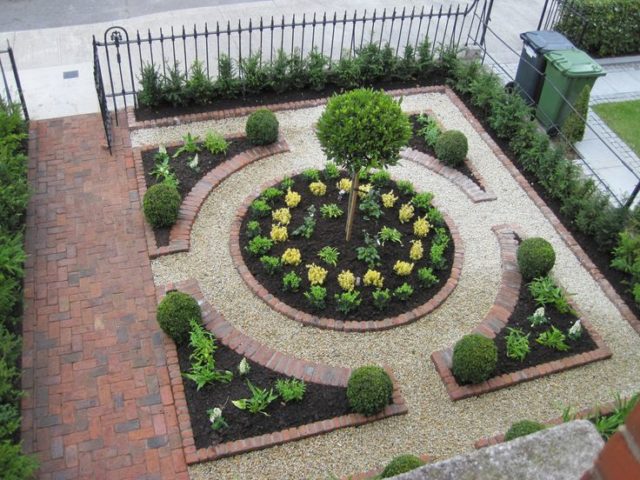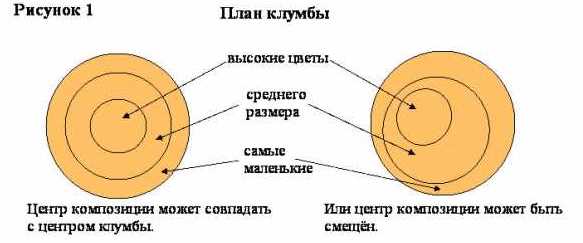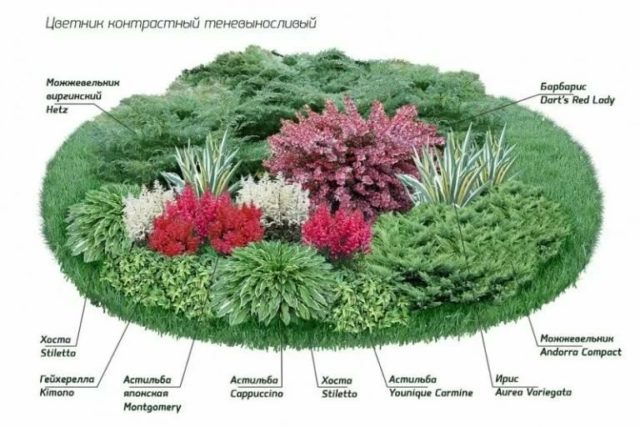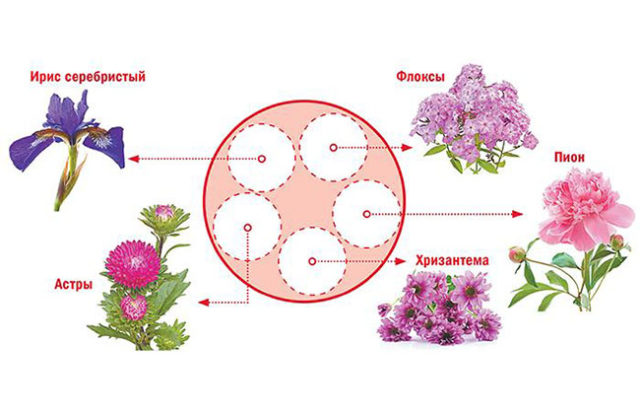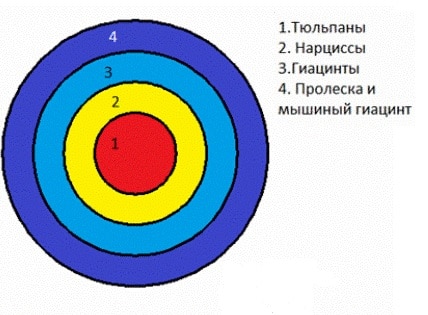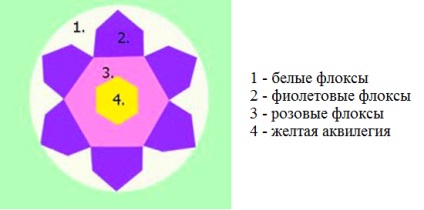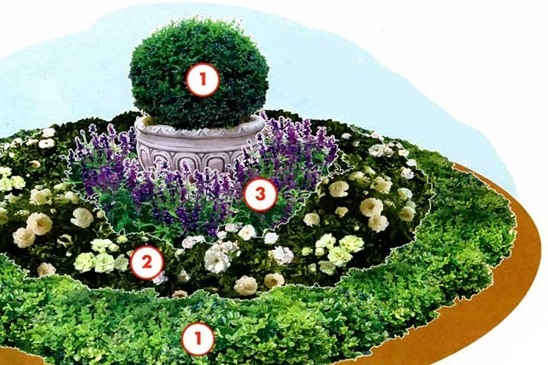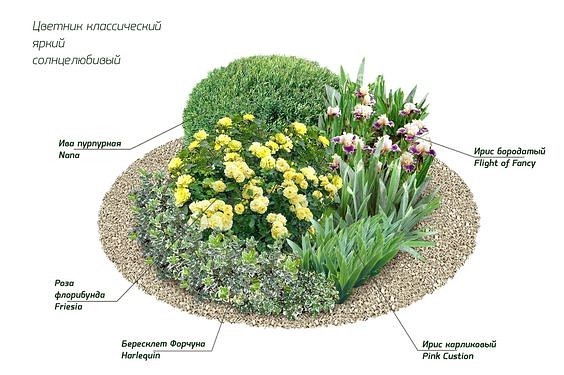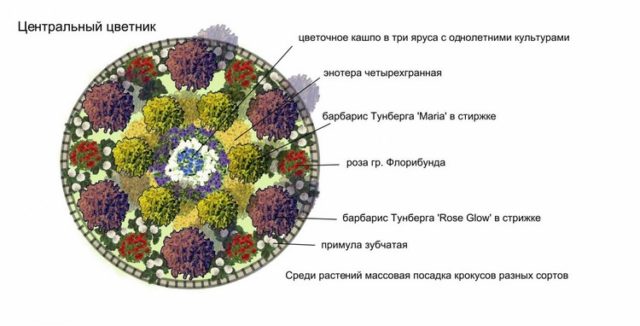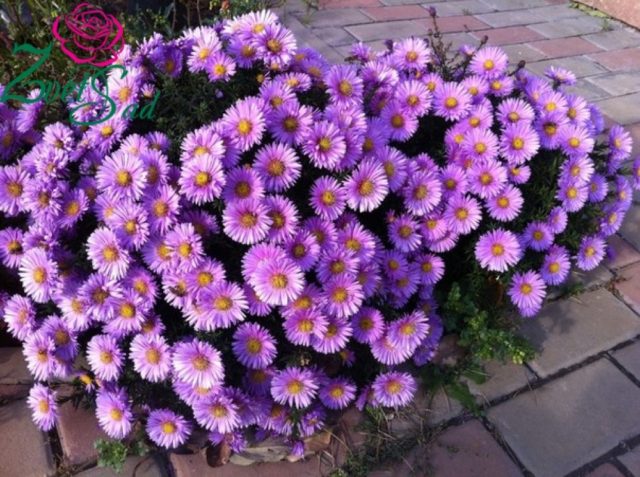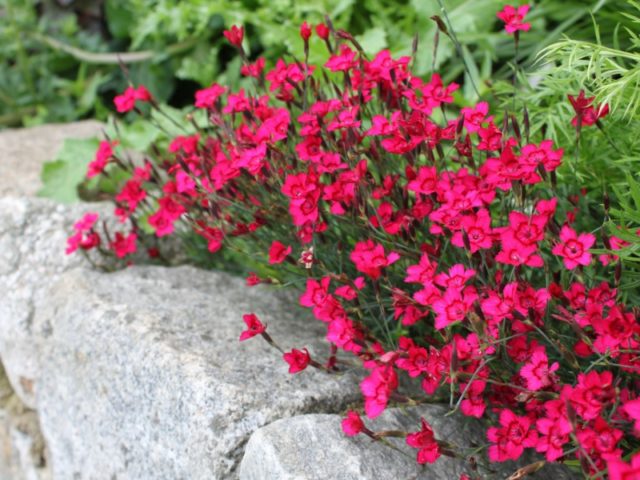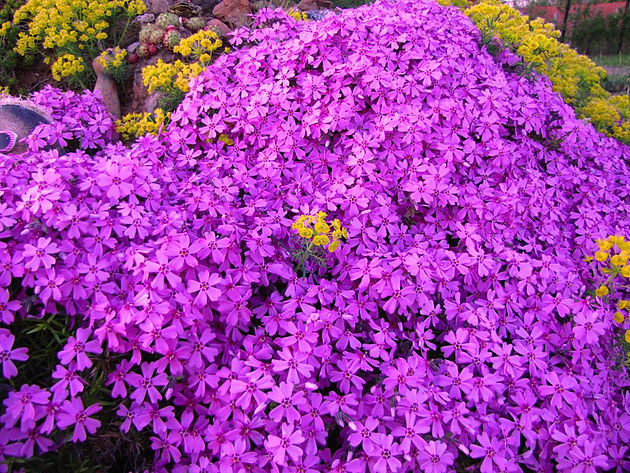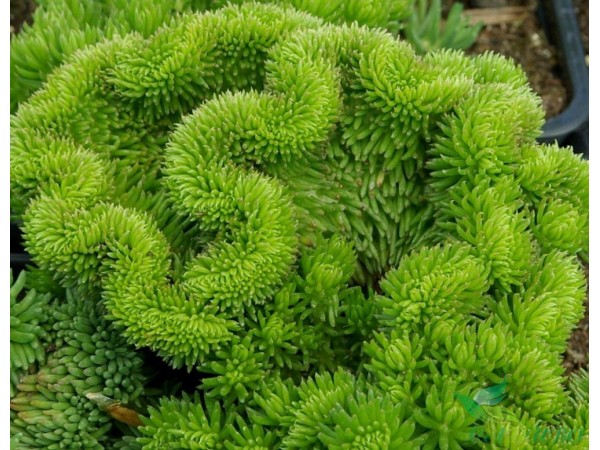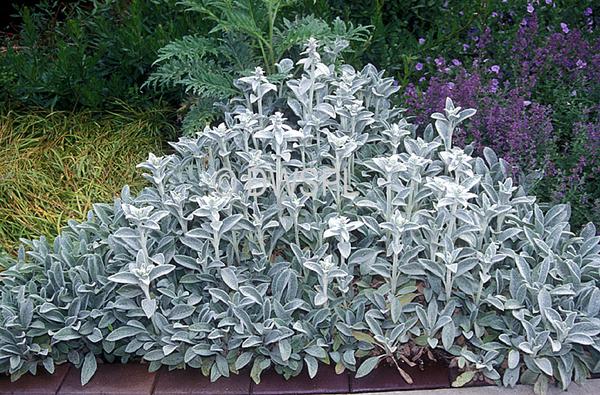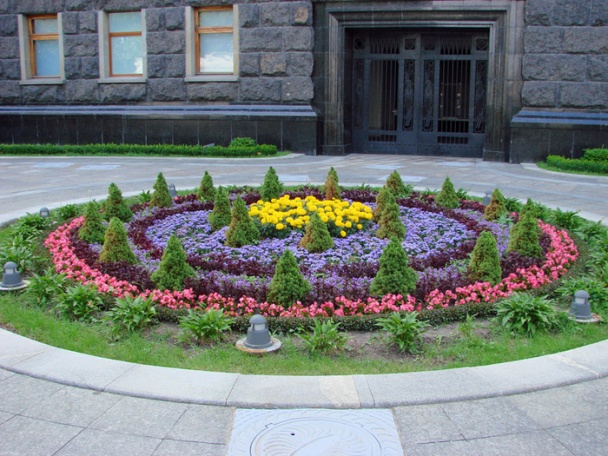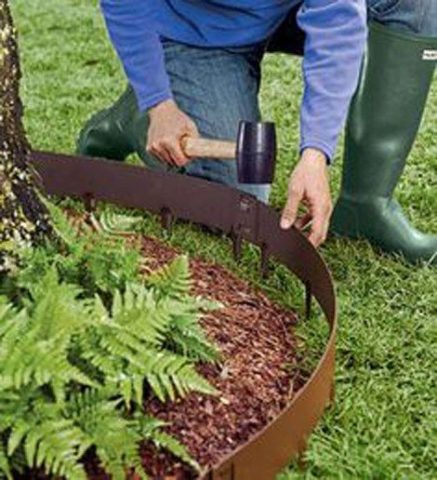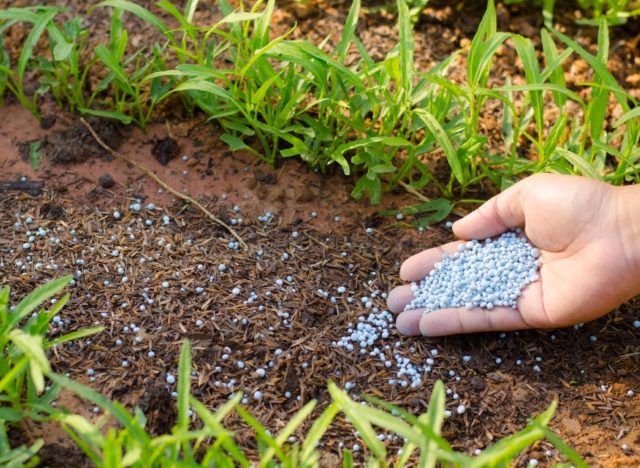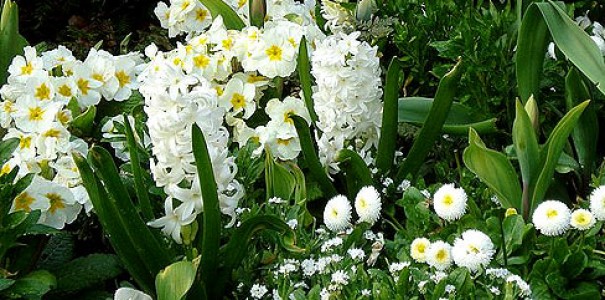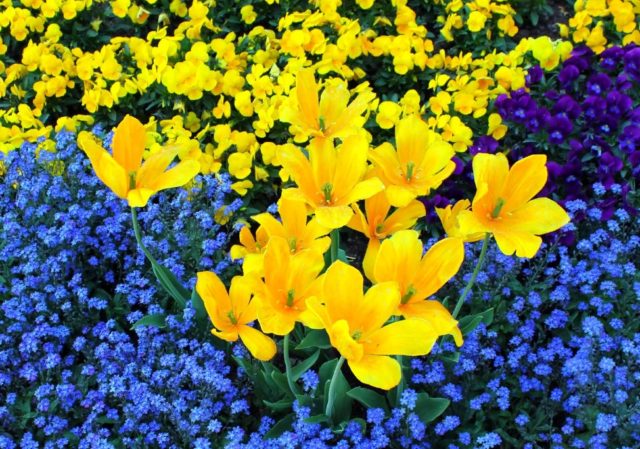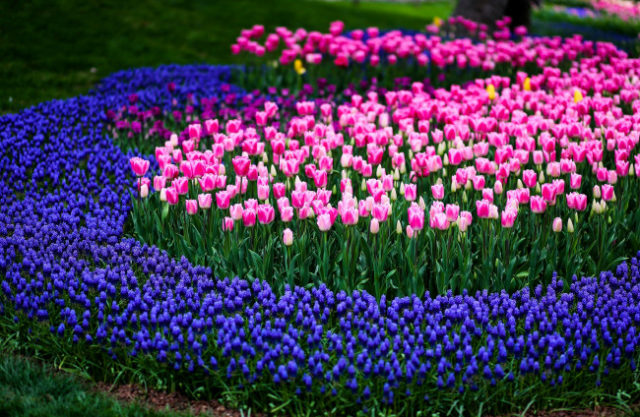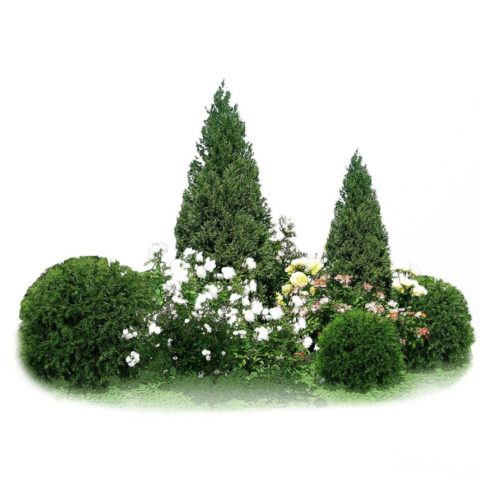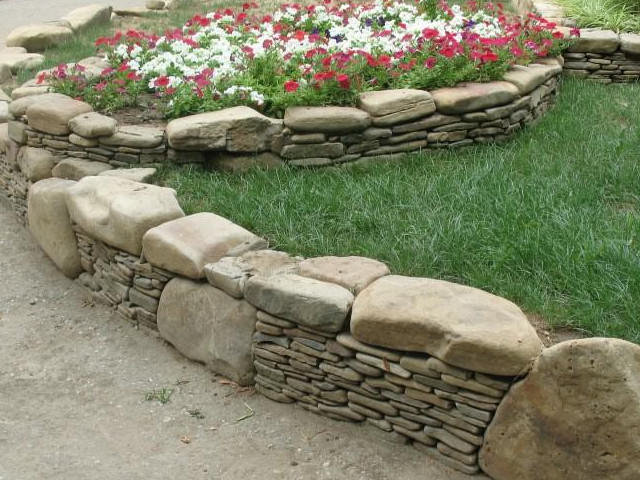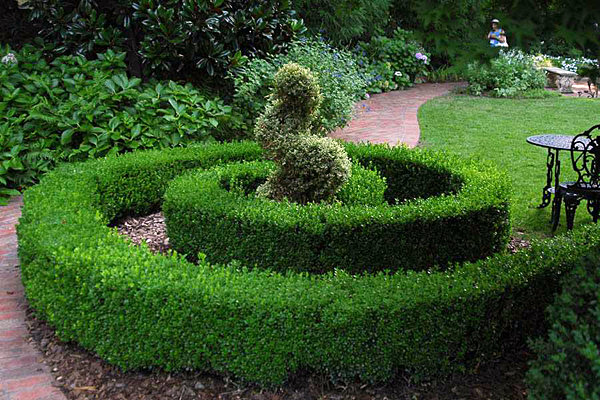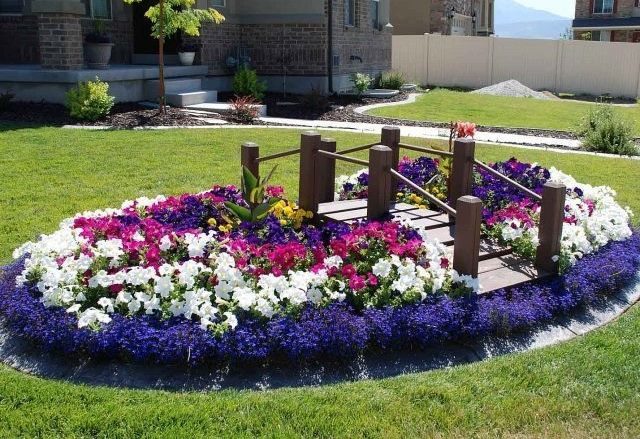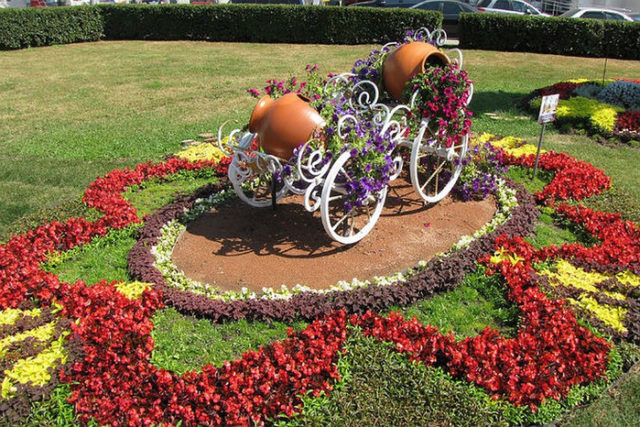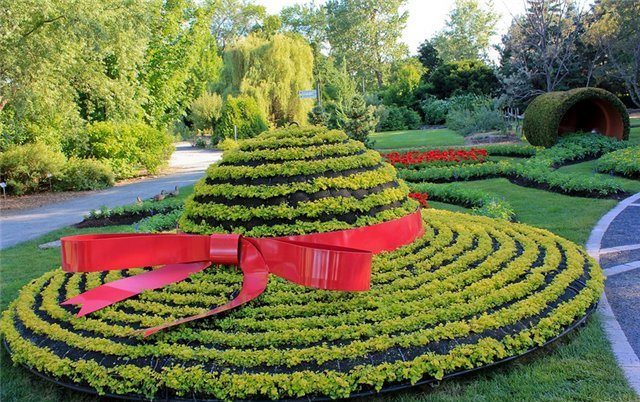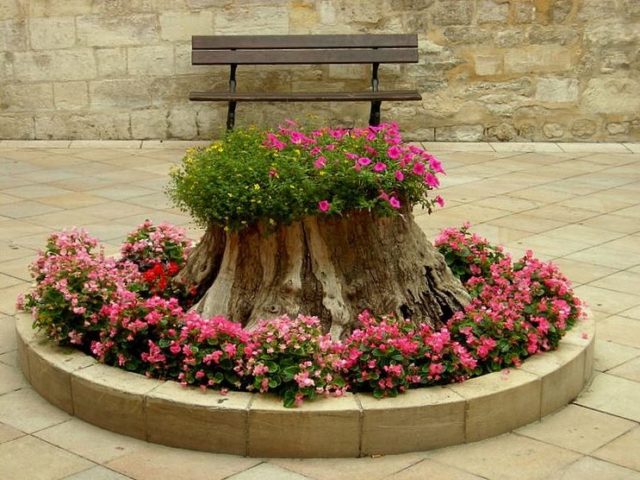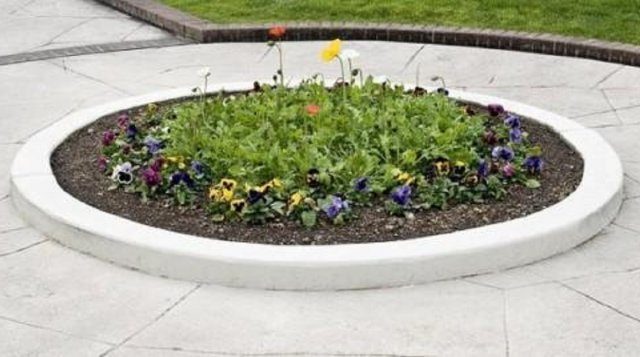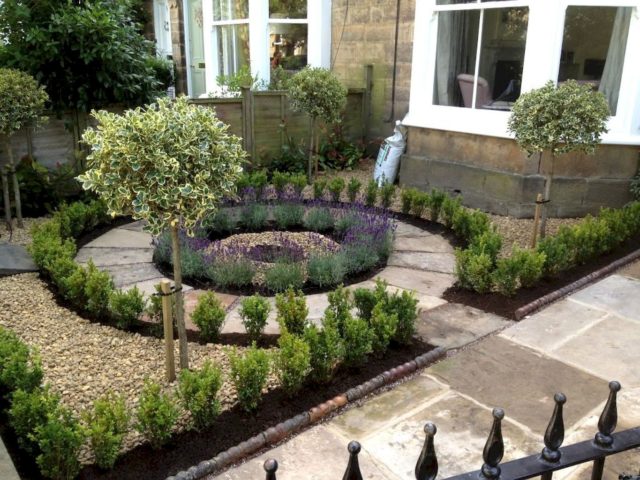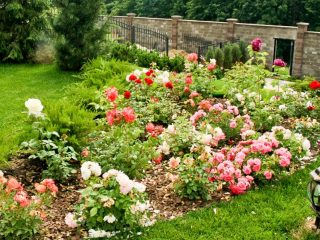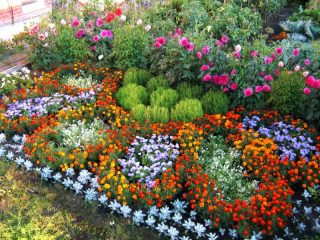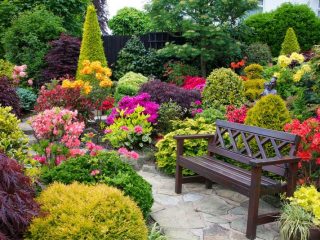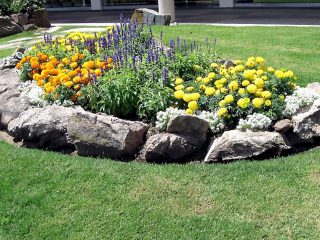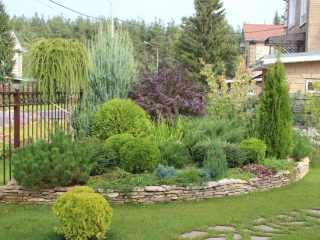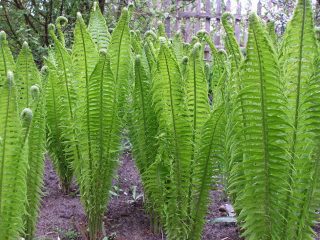Content
A round flowerbed of continuous flowering perennials is a classic decoration for a garden space. It is difficult to imagine a personal plot without such a bright spot. The flowerbed either already exists or is planned in the very near future. However, in order to do it correctly, you need to know some tricks and adhere to simple rules.
Arrangement of a round flower bed
As a rule, round flower beds are located in front of the house, near the front entrance. Such a flower garden next to the lawn looks most advantageous. It is against the green background that the colors of the flowers play especially brightly; the whole look of the garden becomes elegant and festive.
However, you should choose a place for such a flower garden, adhering to the design of existing buildings and plantings. The flowerbed should complement or even complete the overall view of the entire panorama, but not destroy it.
It is important that:
- The landings did not interfere with the passage of people.
- The flower garden was clearly visible.
- The plants had enough light.
The size of the flower bed is based on the size of the space in front of the house. If there is not enough space, it is absurd to “push” a huge flowerbed there, which will take up the entire area. If there is too much space, then the small flower bed will simply get lost. This does not mean that a large flower garden should be erected on a large perimeter. This solution will be too boring. It is much more interesting, for example, to place a round flower bed in the middle of square or triangular plantings. In any case, imagination combined with taste are always welcome.
Features of the design of a round flower bed
Flower beds come in various shapes, and each of them has its own characteristics. Round flower beds are no exception.
When registering, you should adhere to the following rules:
- The brightest plants - soloists - are planted in the center. There shouldn't be many of them. Not a single plant in these plantings should be taller than the soloist. And based on this main plant, the rest of the flowers are selected.
- Some design solutions allow a flower garden without soloist plants. However, the middle of the flowerbed should be highlighted and decorated in a special way.
- It is not at all necessary to plant everything you managed to buy in the flower garden. A skillful play of two or three colors is an indicator of taste. If there is little hope, you can consider options online. For example, design ideas for a semicircular flower bed can provide interesting ideas about design. Schemes for planting round flower beds of annuals are also worth considering.
- The plants along the edges should be the same in height; they usually cover the soil, it should not be visible along the edge of the flowerbed.
- The design of the flower bed should preferably be symmetrical, that is, the plants are placed evenly throughout the flower bed.
- Whatever the size, the improvement of a round flower bed has not been canceled, that is, it is necessary that it be convenient to process.
- The best shape for a round flower bed is the shape of a hemisphere. All the plantings are so clearly visible, and the shape will fit wonderfully into the design of any site.
Schemes of round flower beds of perennials
In order to truly decorate the front place in front of the house, you should familiarize yourself with many examples. Even if the garden owner’s imagination is too rich, getting to know other people’s experiences will not be superfluous. Moreover, you can consider the design of round flower beds with a description.
The diagram shows how plants can be placed in a flower bed.
Round flowerbed with conifers and perennials. This flower garden consists of plants with beautiful, unusual foliage. It is good not only because it can withstand shade, but also because it always remains in the same state. Flowers do not fade; here the leaves of hosta, iris, barberry and other plants are responsible for their beauty. He does not play with colors, but his appearance is noble and serious. A flower garden will suitably decorate any mansion.
This is a flower garden diagram using five types of flowers. The plants are in the same color scheme and combine wonderfully. What makes this flower bed remarkable is that it contains quite common flowers that can easily overwinter even in cool climate zones.
We should also talk about the aster. It is not a perennial (although you can choose perennial varieties of asters), but this can be considered a plus. Asters can be planted in different shades every year, and the flowerbed will be renewed.
Interesting scheme from bulbous perennials. It turns out to be a round high flower bed. It is interesting because this scheme can be “superimposed” on a flowerbed of late-blooming flowers.
A flowerbed for lazy gardeners. Here you can once plant phloxes of one color in the center of a round flowerbed, another color along the edges, and the rest of the time you can just admire the beautiful blooms.
A round flower bed of perennials. A diagram where boxwood (1) looks luxurious in a flowerpot. Numbered 3 – lavender, 2 – roses, 1 – sedum.
The wonderful combination of perennials and flowerpot creates an unusually solemn composition.
The flowerbed is round, here is a diagram with the names of the flowers. Irises add a bright note. They do not bloom for too long, but their arrow-like leaves will decorate the flowerbed until frost. And, of course, there are roses.
A bright flower garden of perennials, decorated only with pots of annuals. It will be a chic composition in front of any, even the most expensive house.
What to plant in a round flowerbed
An important point is what to plant in a round flowerbed. The planting of plants depends on many reasons. This includes the preference of the garden owner, the style of the house and the entire plot, the designers’ ideas and some other factors.
Let's say a flowerbed is laid out in front of a large stone house in an old style. Plants such as English roses, peonies in lilac tones, beautiful-leaved plants, conifers, and clematis would be appropriate here. A flower bed using sculptures and fountains in the center of the flower garden would be very appropriate. Much attention should be paid to framing. Bricks with “teeth” will obviously disfigure the entire composition.
If the flower garden is laid out in the depths of the garden, you can use plants such as aquilegia, lavender, pansies, dog rose. These flowers are not so solemn, but they are no less beautiful, but they require less sophisticated care.
A flowerbed in front of a small house may consist of flowers such as phlox, lilies, there may be bells in the center, and woolly clears will be nice around the edges.
The following plants can be suggested for a perennial flower garden:
- Alpine aster is a perennial that blooms for up to 3 months, grows up to 10-30 cm in height, and has various color shades.
- Carnation is a herbaceous plant that perfectly acts as a frame for a flower garden. Its purple flowers are small, but bloom so profusely that they look like a continuous carpet.
- Begonia everblooming is just a fountain of colors. Not only the flowers themselves are decorative, but also the foliage - dark, rich in color, interesting, pointed in shape. Begonia has many varieties. You can find both low-growing ones and those with a medium stem, and the colors of the buds themselves are very diverse. A flowerbed is allowed to be made up of only one begonia, and it will amaze with its beauty. True, it does not tolerate cold weather, but it can be brought into the house during the cold months of the year.
- Phlox subulate is a flower that creates entire caps of purple, white or lilac.
- Sedums - their variety allows you to create any flower arrangements.
- It is worth mentioning the woolly chist. It winters well even in the frostiest regions. Its leaves are very decorative, almost white, with pubescence; they not only themselves have an attractive appearance, but also emphasize the beauty of any other plant.
How to make a round flowerbed at the dacha with your own hands
Making a round flowerbed with your own hands, as in the photo, is not difficult, but you need to start planning it in winter.
First you need to decide on a location, choose a sunny space that will be clearly visible, and immediately outline the required dimensions.
Next, you should “take a walk” on the Internet and see how you can design your flower garden.
You can look at a round flowerbed of annuals, diagrams, photos, and then simply select perennials that are similar in appearance. The landscape design of a semicircular flower bed is also suitable; you can also find interesting ideas there. You shouldn’t focus only on plants; an interesting highlight will be a garden sculpture, a beautiful flowerpot in the center of the composition, plaster figures, decorative lanterns, fountains, etc.
Next, you need to think about what flowers to place in the round flowerbed. It is important that the flower garden pleases all summer, which means you need to select plants with different flowering periods.
The selection of flowers in a round flower bed should be made taking into account the fact that plants with the same soil requirements should grow in one place. Let’s say that the need for soil acidity should be approximately the same, the need for sunlight and moisture should also be the same.
Considering that shorter flowers need to be placed at the edges, and their height should increase towards the middle, you should think about the location of each flower.
Having decided on the flowers, even in autumn and winter you can buy seeds and plant seedlings. Flowers such as aquilegia, alyssum, iberis, gypsophila, saxifrage, phlox, young, aster, poppy, violet, primrose can bloom in the first year if they are planted in January-February.
Plants such as hosta, roses, peonies, heuchera, and clematis require more time to bloom, but they can be ordered from flower companies.
After this, you need to think about what the flowerbed border will be made of. You should either buy it ready-made, or think about how to make it yourself.
After the plants have been selected, planted and ordered, in the spring you can begin to form a circular flower garden.
First you need to free up the right place and dig it up. Next, take two pegs, and tie a rope to one of them. A distance equal to the radius of the flowerbed is measured on it, and a second peg is tied at this place. It turns out to be a “compass”, with the help of which a circle is drawn.
This circle should be surrounded by a border.
Afterwards, fertile soil is brought into this circle (the thickness of the fertile layer is 40-50 cm), rake it so that the middle is slightly higher and the edges lower. However, the edges should rise 10-15 cm above the lawn.
After the flowerbed is ready, it can be planted with flowers from the center to the edges.
Site selection and soil preparation
It makes sense that a round flower bed is placed in front of the main entrance to the house, which means that there is no longer any need to choose a site. However, there may be several flower beds, and they may not be located in a formal place at all. Moreover, such a flowerbed may not be on the sunny side at all.
Select the place you want to decorate with a round flower bed. It can be in the center of the garden, or in a shady corner, or in a completely unexpected perimeter. To do this, it is only important to choose the right plants.
The soil is chosen taking into account the flowers that are planned to be planted. It’s even better to choose flowers that match the soil. For example, you should not plant plants that like rich soil in sandy areas. Or it would be absurd to plant hydrangea in alkaline soil when it should be planted in acidic soil.
However, applying fertilizers before planting is the right decision. It is better to fertilize the soil with complex additives.
Filling a flowerbed with flowers
When choosing flowers, it is important to adhere to some rules that will not allow you to turn your flowerbed into a “trash of flowers.”
It is believed that the height of plants in a flower bed should not exceed 80 cm. However, if the flower garden contains conifers or flowering shrubs, as well as climbing plants with special supports (such as clematis), then the height can be greater.
Particular attention should be paid to the color scheme. Here the types of round flower beds can be different:
- Monochrome, where there is one color, but the shape and height of the flowers are different (a white flower bed of different flowers).
- Contrasting – polar different colors.
- The play of shades is smooth transitions from one color to another, for example, from soft pink to deep purple.
- Neutral - greenery and small touches of color predominate here (for example, thuja and white roses).
How to fence a round flower bed
It is correct to plant flowers in a round flower bed. Fencing is not the last thing. With a beautiful fence, a daisy will be a queen, but the wrong design of a flower garden can ruin the whole idea.
Here are suggestions for such fencing that will not harm the main decoration of the garden:
- Natural stone - the framing of plantings from it will be very beautiful, durable and organic. You can choose a stone that is more expensive (granite, marble) or cheaper (regular cobblestone).
- Wooden frames. These can be small fences (painted or unpainted), just dug-in logs, tree trunks cut with pancakes, etc.
- Hedge - an option made from boxwood or other low-growing shrubs looks incredibly solemn.
- The edge of the round flowerbed is surrounded by purchased fences (they are available in a large variety in every flower shop).
- Creative ideas (for example, a fence made from plates of the same color or from unnecessary disks), flights of imagination are welcome.
Summer residents often make frames from tires or plastic bottles. Nobody forbids doing this, but this can no longer be called the peak of style.
Original photo ideas for decorating round flower beds
The design of a round flower bed sometimes brings in indescribable delight and admiration. Below are some of these masterpieces.
I would like to immediately note that here are most of the examples of decorating a round flower bed with annuals, but in these situations I want to emphasize not a set of flowers, but a highlight.
A small bridge invites you to walk along it and stop in the middle of a sea of flowers:
Such a carriage will become a source of pride for any dacha owner:
Not a single fashionista will refuse such a hat in her area. And making a round flower bed for flowers of this shape is not at all difficult:
Flower clocks are no longer uncommon in garden design. However, this color combination especially attracts attention:
The flowerbed would be rather inconspicuous if it were not for such an interesting structure:
An ordinary cut of a stump, and against its background a stylish flower bed:
Another interesting decor for a round flower bed. An example of how you can decorate a flower garden using decorative wood chips:
An example of how you can decorate the space around a round flowerbed with stone:
And here is the design of a round flower bed of perennials. Lavender, euonymus, stone and infinity of taste:
A hedge for framing is a classic of parterre gardens:
Conclusion
A round flowerbed of continuous flowering perennials is a real pearl for any site.To decorate it, you only need to know how to choose the right soil and place for flowers, be able to choose the right frame and read about how to arrange flowers in a round flowerbed. The rest will be dictated by imagination and creative impulse.

